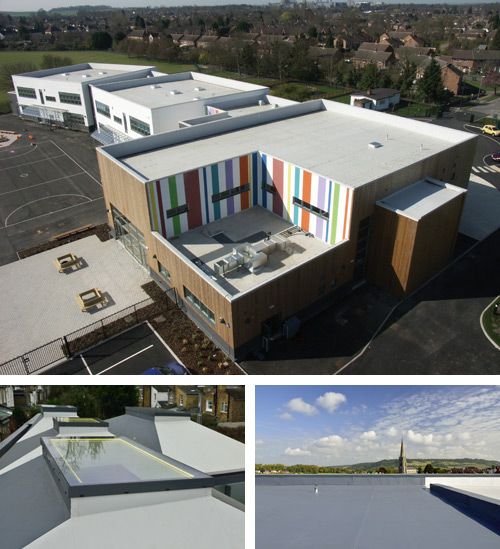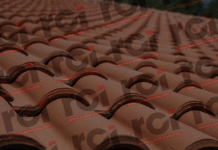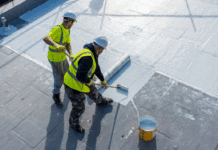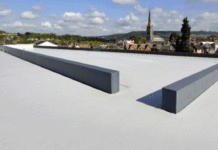
They might look the same, they might even say they do the same thing, but in reality every single ply roofing system is different. So what does the architect, surveyor or specifier need to take into consideration when designing and specifying a single ply roofing membrane?
Firstly, there are three main types of roof — cold, warm or inverted. Although with many elements in common, there are intrinsic differences that will make one single ply membrane a more suitable choice than another:
- Cold roof: the membrane is supported directly on the deck, is accessible and is easily replaced without damaging the insulation.
- Warm roof: the roof structure itself is kept warm and protected from temperature extremes, without any need to ventilate the roof space.
- Inverted roof: suitable for terraces and other trafficked areas, inverted roofs do have a heavy structural load and require the depth of the roof zone to be high.
So which type of single ply membrane should you specify? There are three generic types:
- Polyvinyl chloride (PVC): used since the early 1950s, PVC is now the most commonly used membrane for roofing. It can have a BBA-certified life expectancy of more than 30 years, comes in a variety of colours and can be heat-welded or solvent-welded to create a homogeneous joint.
- Flexible polyolefin (FPO): FPO has been in general use since the early 1990s and has a life expectancy of more than 25 years. A heat-welded system, it comes in a limited range of colours and does not have a lacquered finish.
- Ethylene propylene diene monomer (EPDM): EPDM is a synthetic rubber membrane with a BBA-certified life expectancy of more than 20 years and comes in one colour – black.
When installing a single ply membrane, there are three common ways to secure the membranes to the roof. For a more aesthetically appealing finish, the architect may specify adhered application. Following a conventional warm roof approach, adhesive is applied to the top surface of insulation and the membrane is rolled into it.
The use of mechanical fastenings, either linear bar or in-seam systems, provides numerous installation and performance benefits. While the linear bar can withstand high wind loading, is economical and provides a suitable solution for new-builds and refurbs, the in-seam system is quick to install and cost-effective on large roof areas.
Whichever single ply membrane and installation method is chosen, its performance will only be as good as the relationship between the manufacturer and roofing contractor. As a result, it’s crucial to choose a supplier with an approved contractor scheme – that way the client knows the product will be installed by someone who has completed a rigorous training and evaluation course.
Single ply roofing membranes are increasingly popular across the UK, both for new build and refurbishment projects. Whatever the project, specifiers, contractors and their clients must turn to manufacturers and products they can trust to ensure a quality specification that will stand the test of time.



